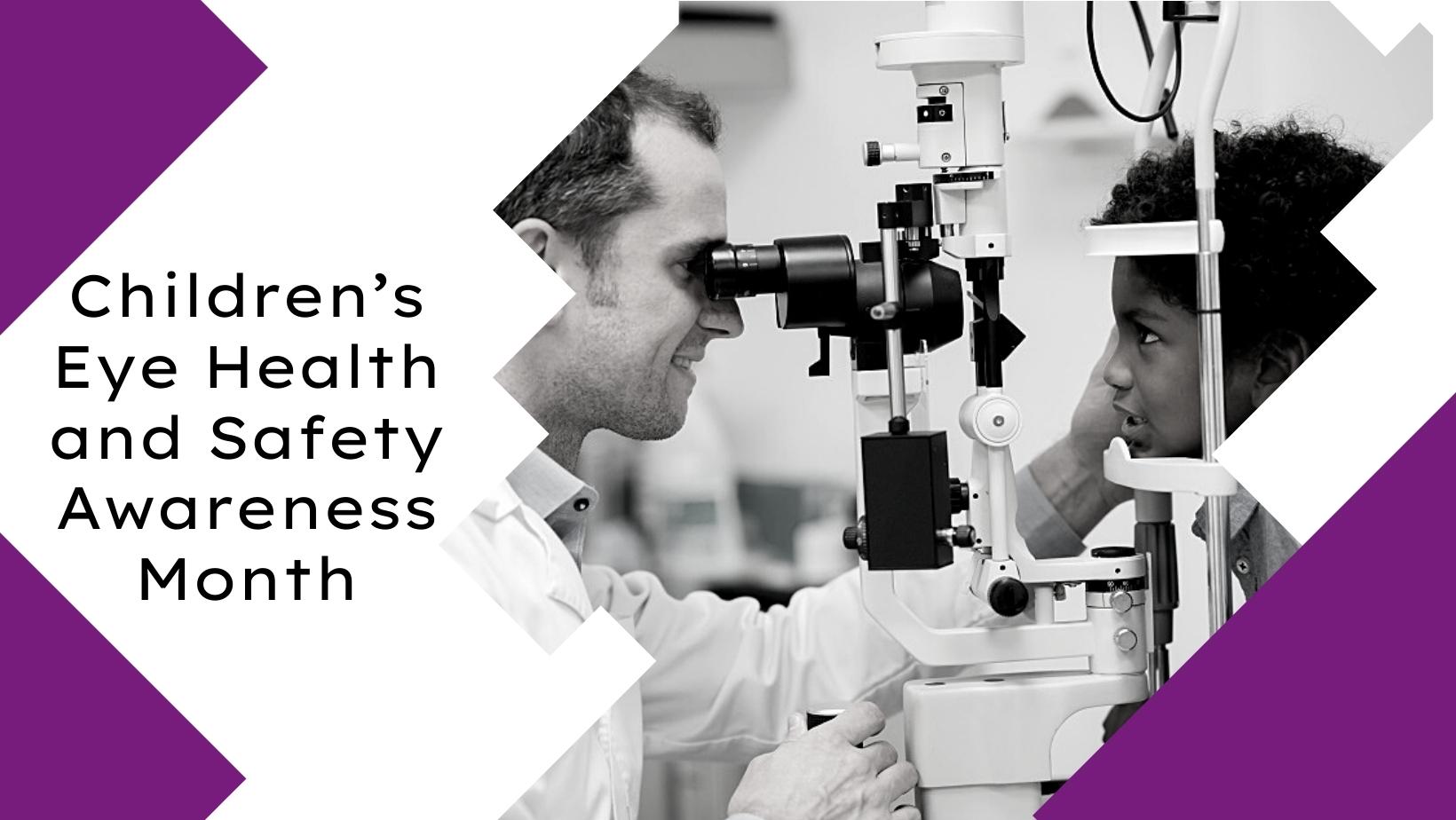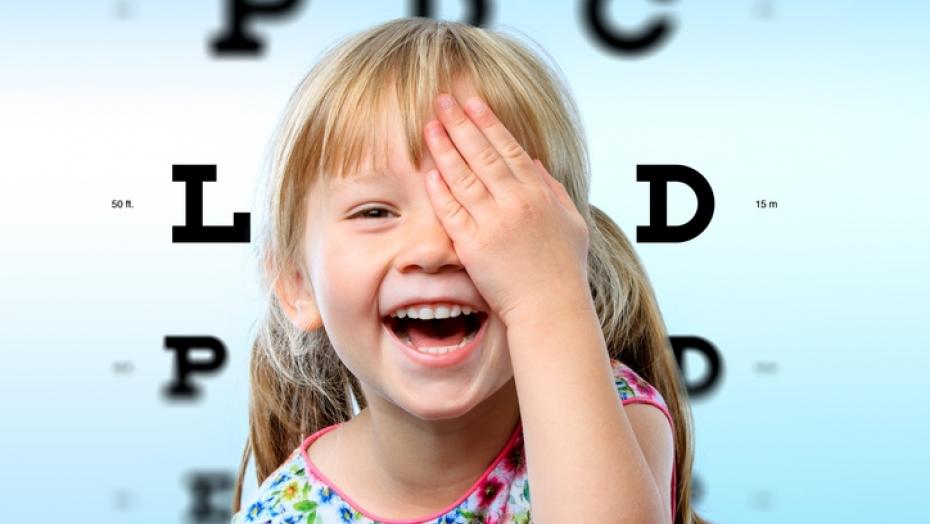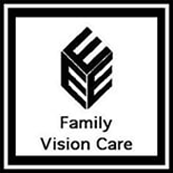Children's Eye Health and Safety Awareness Month
August is Children's Eye Health and Safety Awareness Month

This August, we're celebrating Children's Eye Health and Safety Awareness Month. The American Academy of Ophthalmology sponsors this observance with the goal of addressing the health and safety needs of children to help them grow up with strong vision and able to see well for their entire lives.
Eye Safety: What Can Parents Do?
To avoid eye injury, it is important to know about the risks.
Toys are a high-risk factor for children's injuries. There are an estimated 240,000 toy-related injuries to children each year. Take some precautions by avoiding toys with small pieces or sharp edges because they could cause serious damage. Some other common causes of injury include sports and playing with fireworks; often these accidents happen in just seconds.
Parents can take these additional precautions to ensure a safe environment:
-
Cover sharp and protruding edges of furniture.
-
Protect their eyes from the sun - ensure your kid(s) are wearing their eyeglasses and sunglasses when outside.
-
Limit screentime - when using a computer or tablet, keep screens at least an arm's length away from the child.
-
Ensure that children have good posture while sitting and eating - this will help them maintain proper eye alignment and prevent headaches.

Eye Health: The Importance of Routine Eye Checkups
It's important that your child sees an eye care professional routinely. At a minimum, a child should have eye exams during their infant years and before starting school, and once they start school, eye exams should be done regularly. This will not only maintain good health but also ensure vision problems are discovered in time to prevent potential vision loss.
Annual eye check-ups can help diagnose nearsightedness, farsightedness, and other eye related issues in young people before they become permanent conditions. Early detection means early treatment!
It is important to note that parents should be alerted to warning signs that might indicate a vision problem. Parents should be on alert for the following:
-
Tilting their head or squinting to see better
-
Frequent eye rubbing when trying to concentrate
-
Holding a book too close to their eyes
-
Sitting close to the TV
-
Consistently using their fingers to guide thier eyes when reading
Conclusion
You can teach your children good eye habits by establishing a routine for regular examinations and maintaining an appropriate environment. Help raise awareness of children’s eye health and safety and spread the word to others on how to be safe with their eyesight, too!
